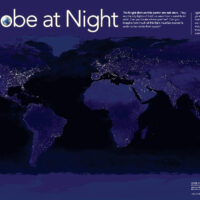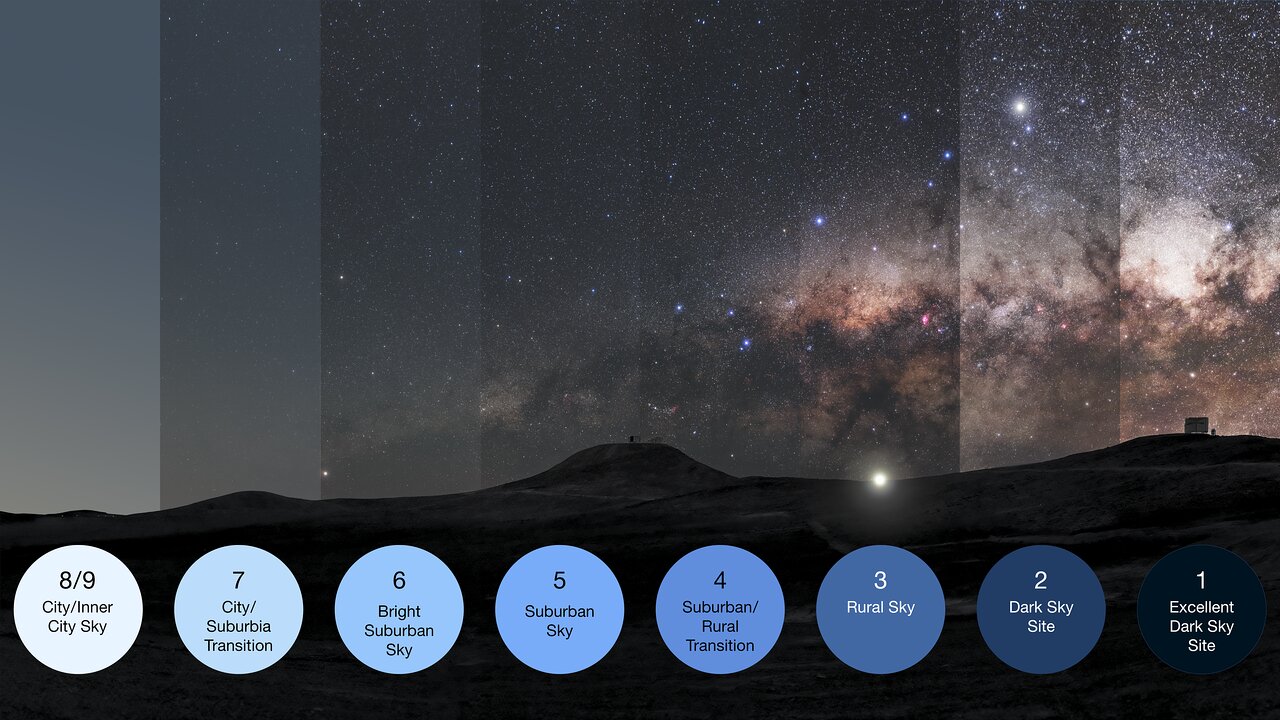NOIRLab, a US national observatory, has been running an international citizen-science campaign for the last 17 years called Globe at Night. The campaign invites people from around the world to observe a monthly featured constellation and compare what they see with the charts shown in the Globe at Night app. The charts represent different limiting star brightnesses or stellar magnitudes. Charts with fainter magnitudes represent less light-polluted skies, as more stars will be visible.
In a recent paper by Kyba et al. (2023), we investigated the change in global sky brightness from 2011 to 2022, using 51,351 Globe at Night citizen-scientist observations. The observations over time showed that the number of visible stars decreased by an amount that can be explained by an increase in sky brightness of 9.6% worldwide per year. This is equivalent to doubling the sky brightness every eight years! Come find out why this is happening, how it relates to your life, and what we can do to protect the stars from disappearing.
Bio:
Connie Walker has been an astronomer at the US national center for optical-infrared astronomy (NSF’s NOIRLab) for 22 years. She is actively involved with light pollution issues on the ground and in space, coordinating their Office of Observatory Site Protection. For 17 years, she has been fortunate to lead their Globe at Night citizen science program that asks people to help monitor light pollution levels worldwide. She has leadership roles on dark skies protection nationally with the American Astronomical Society and internationally with the International Astronomical Union and with DarkSky International. In 2020 and 2021, she co-chaired two workshops focusing on the impacts of satellite constellations and two conferences focusing on the impacts of satellite constellations and artificial light at night. As of April 2022, she has taken on the co-directorship of the new IAU Center on the Protection of the Dark and Quiet Sky from Satellite Constellation Interference (CPS). Her family tolerates her interest in the dark side.




